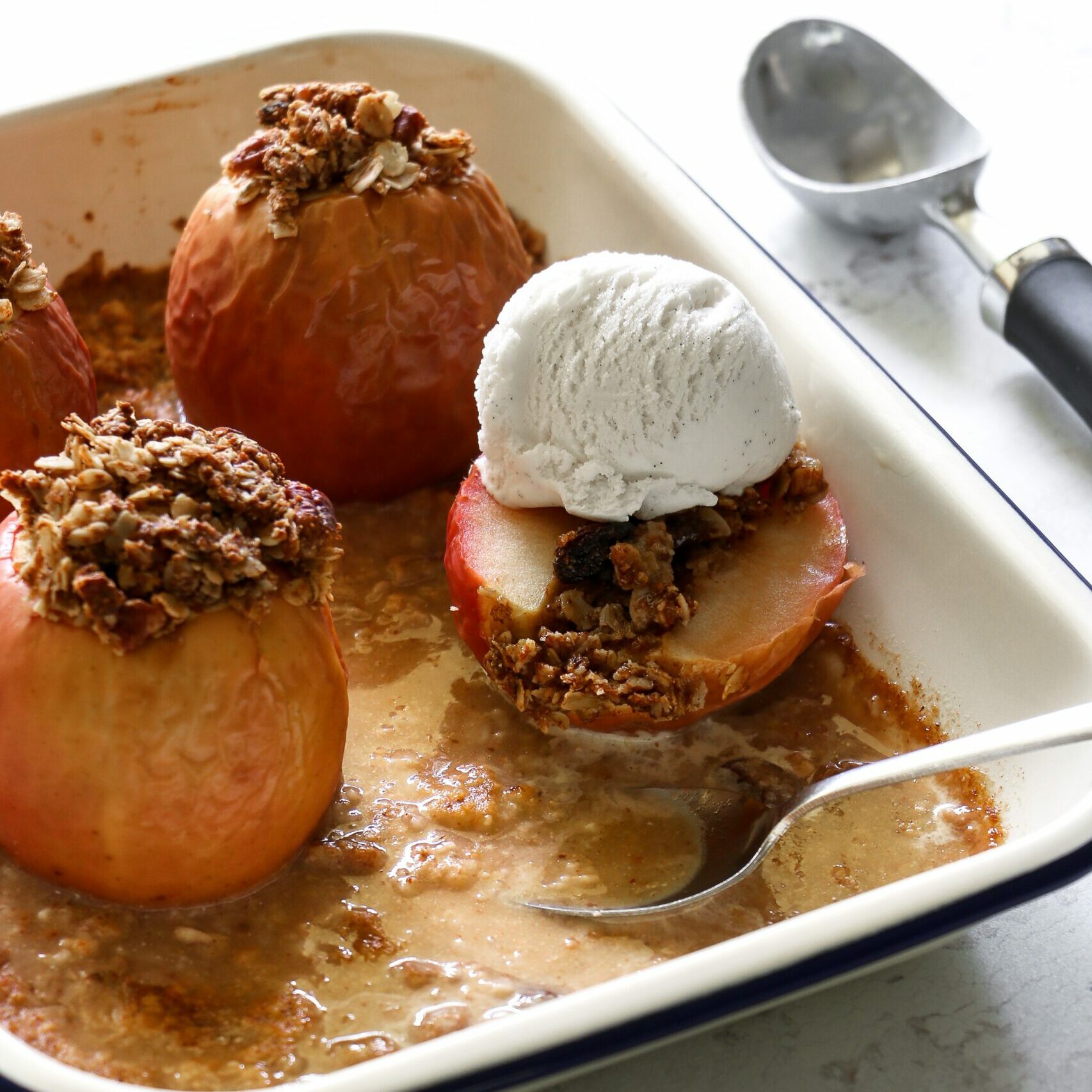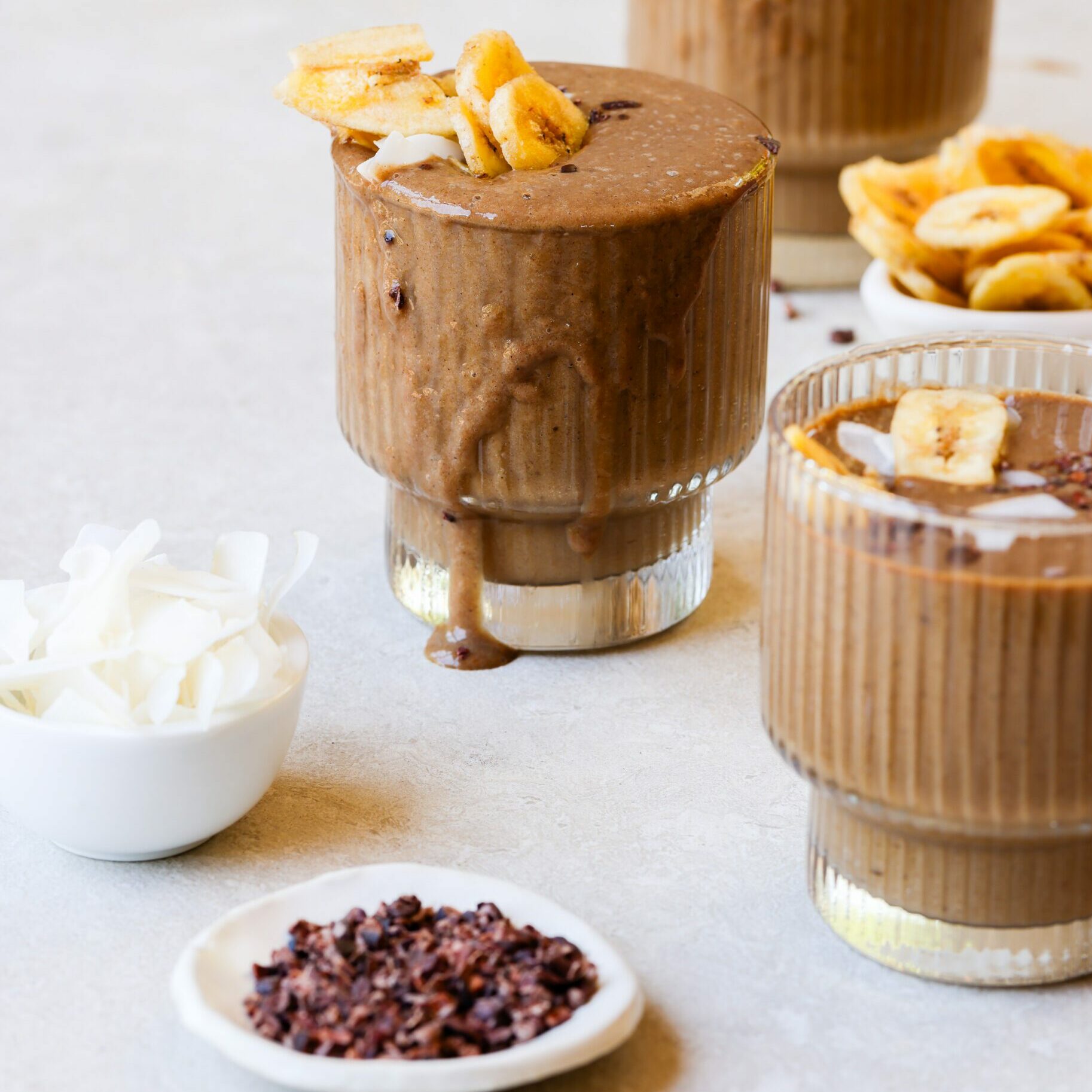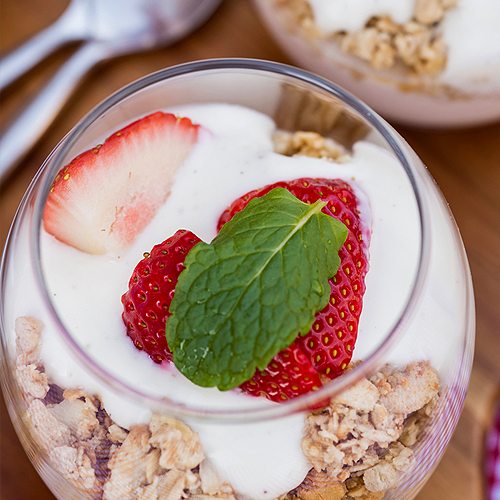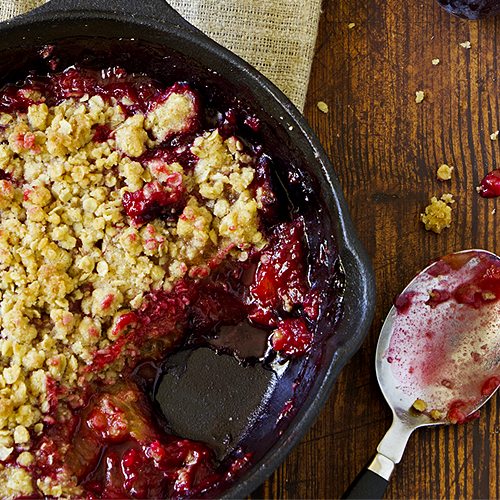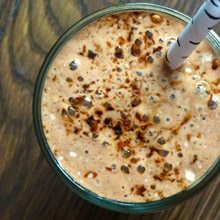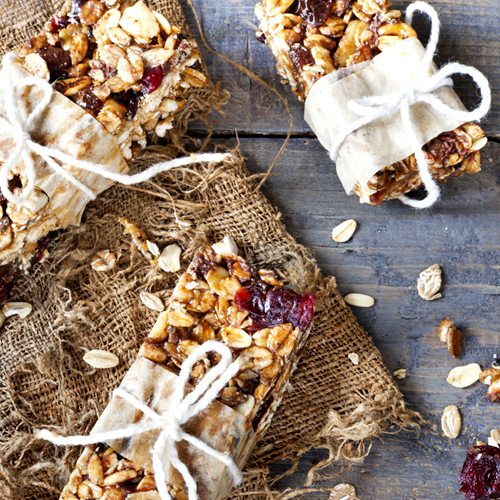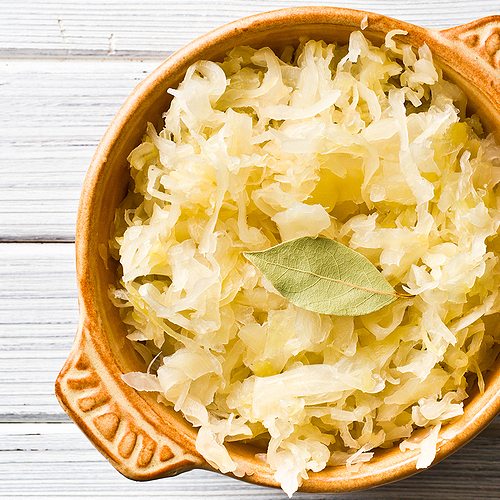
Home-made Sauerkraut
If you have left over cabbage in your fridge – why not make sauerkraut!
Crunchy fermented goodness, that’s perfect for summer salads, sandwich fillings and as a healthy dinner side.
It’s super easy to make in small or large batches, and mason jars are the perfect storage!
What is Fermentation?
Sauerkraut is made by the process called Lacto-fermentation. When cabbage is liquidated, the bacteria already present within cabbage converts the vegetables natural sugar into lactic acid – a beautiful thing that discourages the growth of harmful bacteria!
This fermentation process is centuries old – and was originally used to preserve fruits and vegetables for a longer shelf life.
Ingredients:
- 8 cups of finely sliced raw cabbage – you can use green or red!
- 1 TBS Flannerys Organic Himalayan Salt or Celtic Salt
Method:
- Begin by making sure all knifes, mixing bowls and surfaces are clean and dry to clean out any lingering bacteria.
- Discard all but one of the outer wilted cabbage leaves and finely slice cabbage (as fine as you can or use a mandolin) – which will make it easier to pack and ferment faster. Discard the core.
- Once you have roughly 8 cups of cabbage, add to a mixing bowl with the salt.
- Using your hands, massage the salt into the cabbage, grabbing handfuls and squeezing out the juice like you would a sponge.
- Gradually the cabbage will become limp and soft and you will notice more liquid or brine form at the bottom of the bowl. Keep this liquid as this is what we want to use to help ferment the cabbage!
- Keep massaging until the cabbage is completely limp (5 to 10 minutes)
- Then grabbing handfuls of cabbage, pack your mason jar. Pack tightly and add some of the brine to completely submerge the cabbage.
- You want to cabbage to be as tightly packed as you can get it, and also completely submerged in brine. Using the outer leaf of cabbage you kept – fold and press it down on top of the mixture, helping to cover and weigh down the cabbage.
- Cover the jar with cloth and tightly secure with a rubber band, allowing air to circulate.
- Over the next 24 hours, press down on the cabbage every so often to keep it fully submerged.
- Keep the jar away from direct sunlight and at a cool room temperature. Start tasting after 3 days – and once you are happy with the tastes and texture, cover with a lid and refrigerate. You can ferment for 10 days or longer and once in the fridge, it can keep for at least 2 months.
If you start to see bubbles, foam, mould or white scum appear – don’t worry as this is part of the natural fermentation process! Just skim it off the surface and keep going with the process. Mould typically forms if the cabbage is not completely submerged or if the room temperature is too warm. If the batch really smells odd – go with your instincts, toss it out and start again.
A tasty tip:
Try adding 1 TBS of dill or caraway seeds to your fermentation process to give a little more flavour!

